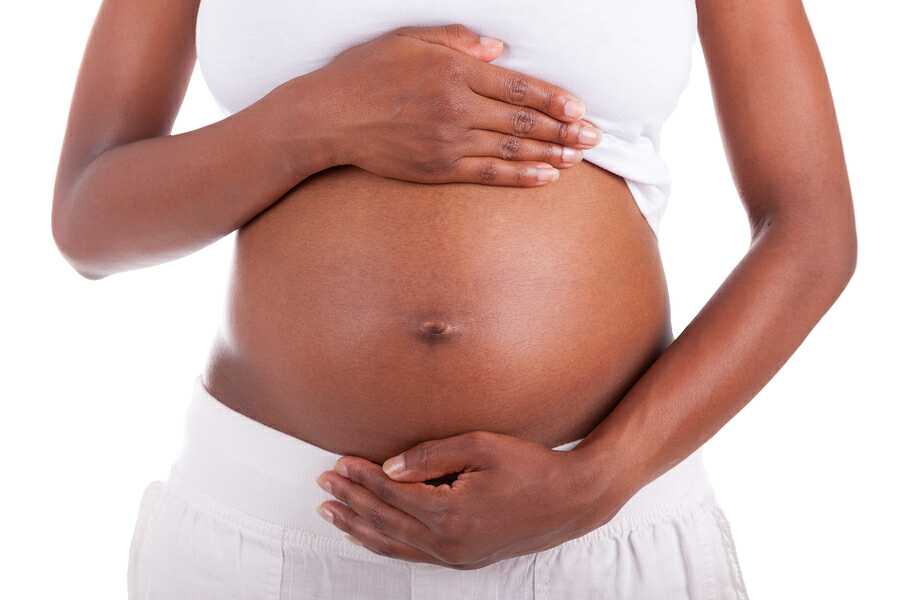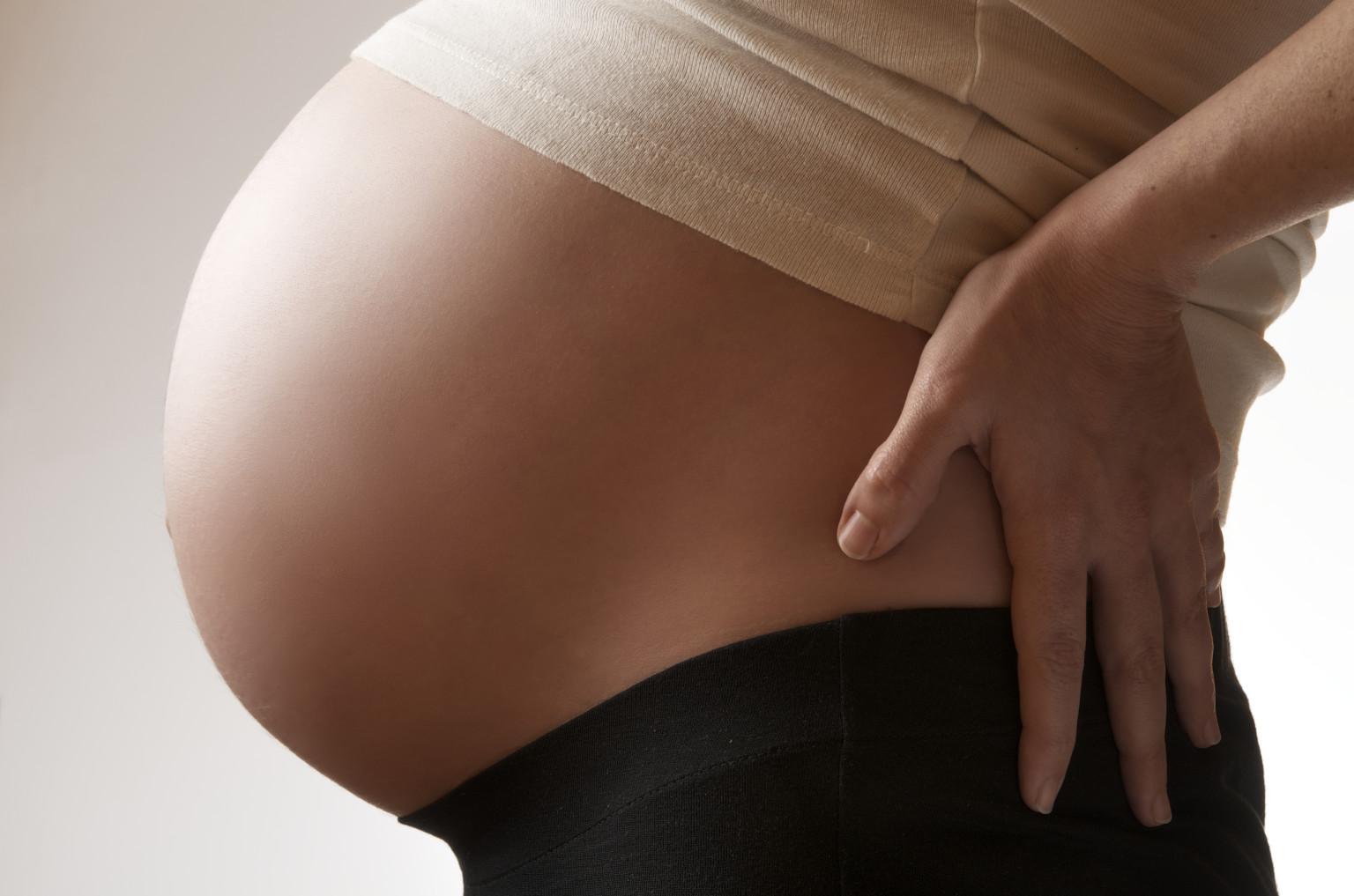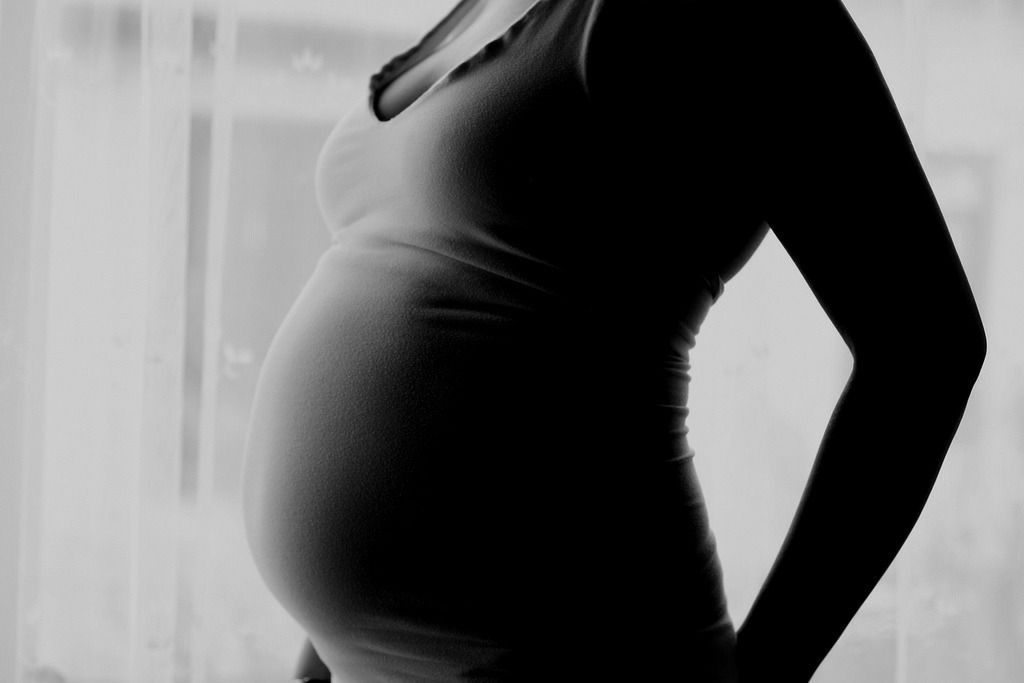Concerns and fears have arisen over the gradual spike in the number of women that have tested positive to Human Immuno-deficiency Virus (HIV)/Acquired Immune Deficiency Syndrome (AIDS) in Lagos State.
The state Commissioner for Health, Dr. Jide Idris, recently disclosed that at least 2, 131 pregnant women have tested positive to HIV, while 3, 876 children were placed under antiretroviral therapy (ART) within the last one year.

Apart from fears that the deadly ailment could be experiencing a resurgence, stakeholders are worried about the downslide in funds for HIV programmes, as most donors have pulled out, and there is little or no provision in the national and state budgets to fight the scourge.
Consequently, not more than one-third of pregnant women and children living with the virus are receiving treatment.Lagos State Key Performance HIV Indicators for 2015 to 2017 made available to The Guardian by the National Agency for Control of AIDS (NACA), showed that more women are getting tested for HIV in the state, just as more are receiving ARV through the Prevention of Mother to Child Transmission (PMTCT) programme.
The HIV indicator for the state showed that the total number of pregnant women counseled, tested and given HIV test results in 2015 was 96, 306. The number fell to 82, 506 in 2016 and rose to 123, 118 in 2017.According to the report, despite the fact that more pregnant women were tested in 2017 for HIV (that is 123, 118), only 1, 252 tested positive compared to 1, 564 in 2015 when 96, 306 pregnant women were tested.
However, fewer women received PMTCT in 2017, that is 2, 167, compared to 2, 781 in 2015. But the 2017 figure was higher than the 1, 994 pregnant women receiving HIV treatment recorded in 2016.
Stakeholders are concerned that rising HIV infection figures are still being recorded, especially among pregnant mothers in a state like Lagos, with reasonable level of health awareness and budgetary allocation. They worry that if Lagos records such a surge, the situation in other states could be pathetic.
Director General of NACA, Dr. Sani Aliyu, while responding to The Guardian’s queries, through the agency’s communication manager, Mrs. Toyin Aderigbigbe, said: “Based on the data we have in our records, there is no evidence that the prevalence of HIV among pregnant women is increasing, if anything, it’s lower than what we had in 2015 and earlier years.”
Aliyu further explained: “In Lagos State, the number of pregnant women tested for HIV increased from 82,506 in 2015 to 123,118 in 2017. Although the positivity rate for both years were the same (one per cent) and much lower than the positivity rate in earlier years (1.6 per cent in 2015 for instance), the fact that more women were tested meant that more positive cases were found (806 pregnant women with HIV in 2016, when compared to 1, 252 in 2017).”
The NACA boss said in the past few years, the agency has had about one in three pregnant women with HIV diagnosed placed on PMTCT, adding that the main difficulty with the programme has to do with getting pregnant women to attend ante-natal care.
According to Aliyu, a large number of our women do not access formal ante-natal care, which is the gateway to HIV testing and treatment.The physician said the Federal Government has already declared PMTCT as a priority and additional funds through Saving One Million Lives, and Global Fund NACA grant are being channelled towards eliminating transmission among babies.
“In the long, run we need integration of PMTCT with other maternal and child health programs, which NACA is already working on,” he said.Meanwhile, Dr. Idris, who reeled out the statistics at a media briefing on the activities of his ministry, explained that the $9.6m grant from donor agencies further assisted in the conduct of the AIDS indicator survey, implementation and provision of technical support in Epe, Ikorodu and Oshodi-Isolo councils.
He added that the number was discovered after conducting tests for the pregnant women during their visit to state-owned medical facilities.According to him, “At least 38, 791 pregnant women know their HIV status out of which about 2, 131 (HIV positive pregnant women) were enrolled for the Prevention of Mother to Child Transmission programme.
“By the end of 2017, the support provided through Global Fund was able to avail a minimum of 226, 768 persons, who were 15-years and above, with free tests.”

After the test, the commissioner said that 10, 623 persons were discovered to be living with HIV and placed on treatments in the three councils.
Latest figures from the United States President’s Emergency Plan for AIDS Relief (PEPFAR), show that the country’s epidemic is generalised with the national average HIV prevalence rate among pregnant women attending antenatal clinics (ANC), estimated to be around 3.0 per cent (compared with 4.1 per cent in 2010).
The ANC prevalence rates in sentinel sites range from 15.4 per cent in Benue State and 10.8 per cent in Akwa Ibom to 0.9 per cent in Zamfara State. HIV prevalence among key populations (KP) is much higher than the national average (19.4 per cent in brothel-based female sex workers (BBFSW), 8.6 per cent in non-brothel-based FSW (NBBFSW) and 22.9 per cent among men, who have sex with men (MSM).
HIV prevalence rates among sex workers and other identified vulnerable groups have been declining since 2007, but increasing among MSM within the same period.
Less than half of the female sex-workers (FSW) surveyed had comprehensive knowledge about HIV compared to 65 per cent of MSM and 51 per cent average for all survey participants. In total, about 3, 438, 442 people are currently estimated to be living with HIV in the country, which has the second highest burden of people living with HIV (PLHIV) in the world.
About 880, 668 PLHIV are currently receiving treatment and there has been a slow decline in the estimated incidence of HIV in the country, with the number of new infections decreasing from an estimated 316, 733 in 2003 to 239, 155, a decade later in 2013.
Coverage rates for PMTCT, ART, viral load and early infant diagnosis (EID) remain unacceptably low and the country accounts for about one-third of new HIV infections in children (about 60, 000 annually) due to high mother-to-child transmission rates. Only 12 per cent of children living with HIV are on ARVs.
Due to the high number of AIDS-related deaths, 174, 253 in 2014 (down from 210, 031 in 2013) per year, the population of orphans and vulnerable children (OVC) is estimated at over 1, 736, 782.
According to the Joint United Nations Programme on AIDS (UNAIDS), in 2016, Nigeria had 220, 000 (150, 000 – 310, 000) new HIV infections and 160,000 (110, 000 – 230, 000) AIDS-related deaths. There were 3,200,000 (2, 300, 000 – 4, 300, 000) people living with HIV in 2016, among which 30 per cent (19 per cent – 42 per cent) were accessing antiretroviral therapy.
Among pregnant women living with HIV, 32 per cent (22 per cent – 44 per cent) were accessing treatment or prophylaxis to prevent transmission of HIV to their children.
An estimated 37, 000 (22, 000 – 56, 000) children were newly infected with HIV due to mother-to-child transmission. Among people living with HIV, approximately 24 per cent (18 per cent – 32 per cent) had suppressed viral loads.
Nigeria’s HIV epidemic affects all population groups and geographic areas of the country. It is the second largest epidemic globally. Key populations are disproportionately impacted by the epidemic.
According to UNAIDS, Nigeria is a fast-track country and its response is guided by the National Strategic Framework 2017-2021, which aims at ending AIDS by achieving zero new infections, zero AIDS related deaths and zero discrimination. Elimination of mother-to-child transmission of HIV is a priority. Stigma and discrimination is a major challenge, especially towards key populations and people living with HIV.
Also, latest figures suggest that one-third (32 per cent) of all cases of mother to child transmission (MTCT) of HIV in the world happens in Nigeria. In 2013, just 30 per cent of pregnant women living with HIV received antiretroviral treatment. In 2016, just 32 per cent of pregnant women living with HIV received antiretroviral treatment. Despite yearly increases, the number of pregnant women visiting health facilities remains low, as does the number of health facilities providing PMTCT services.

